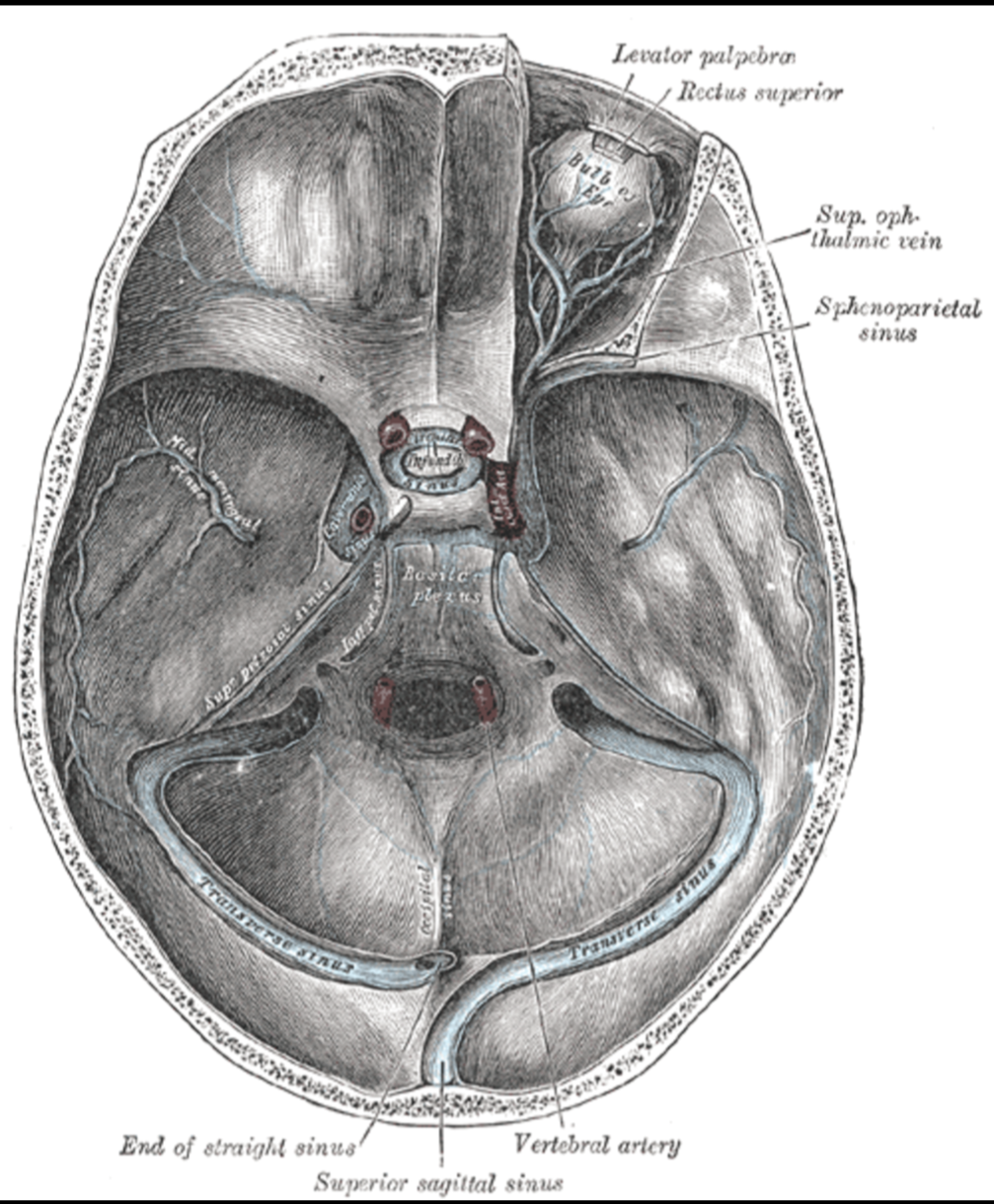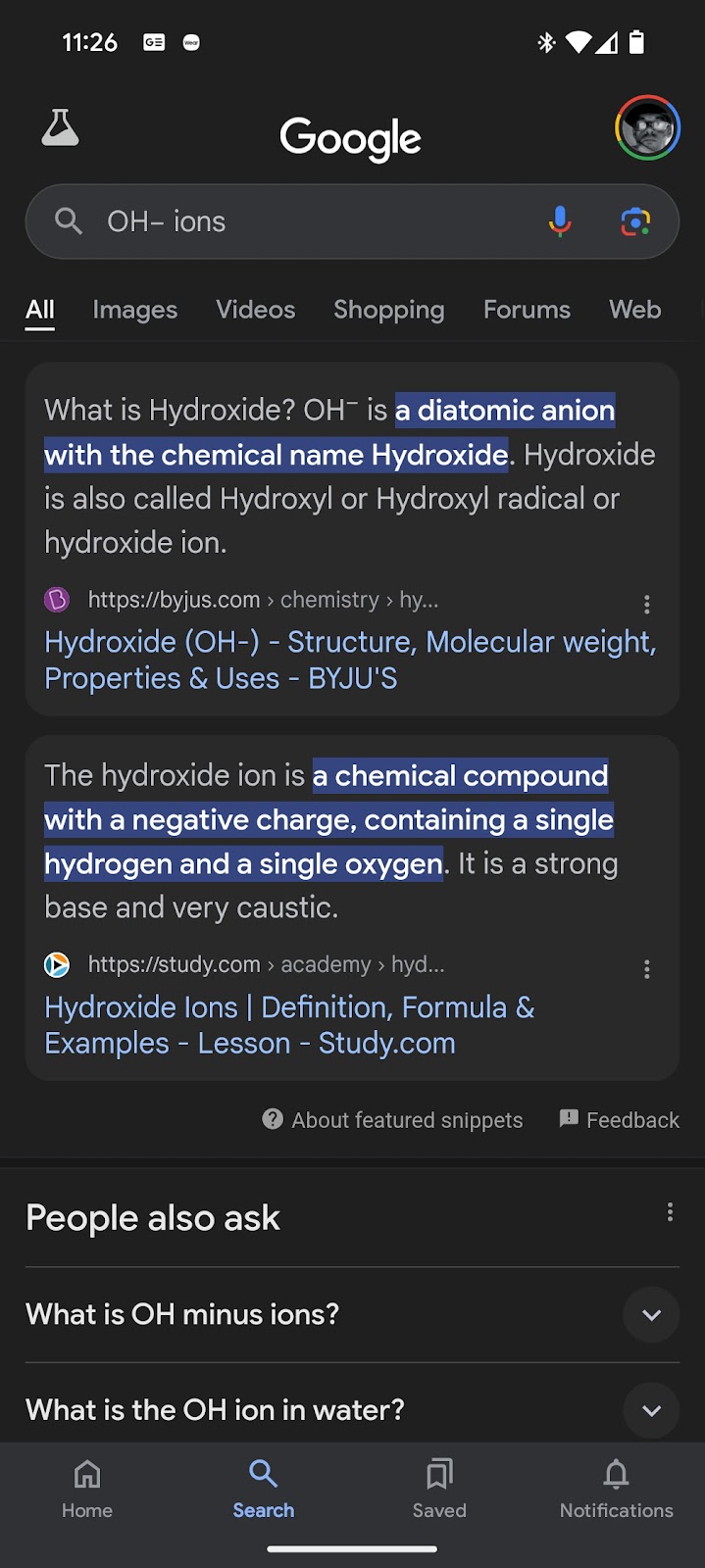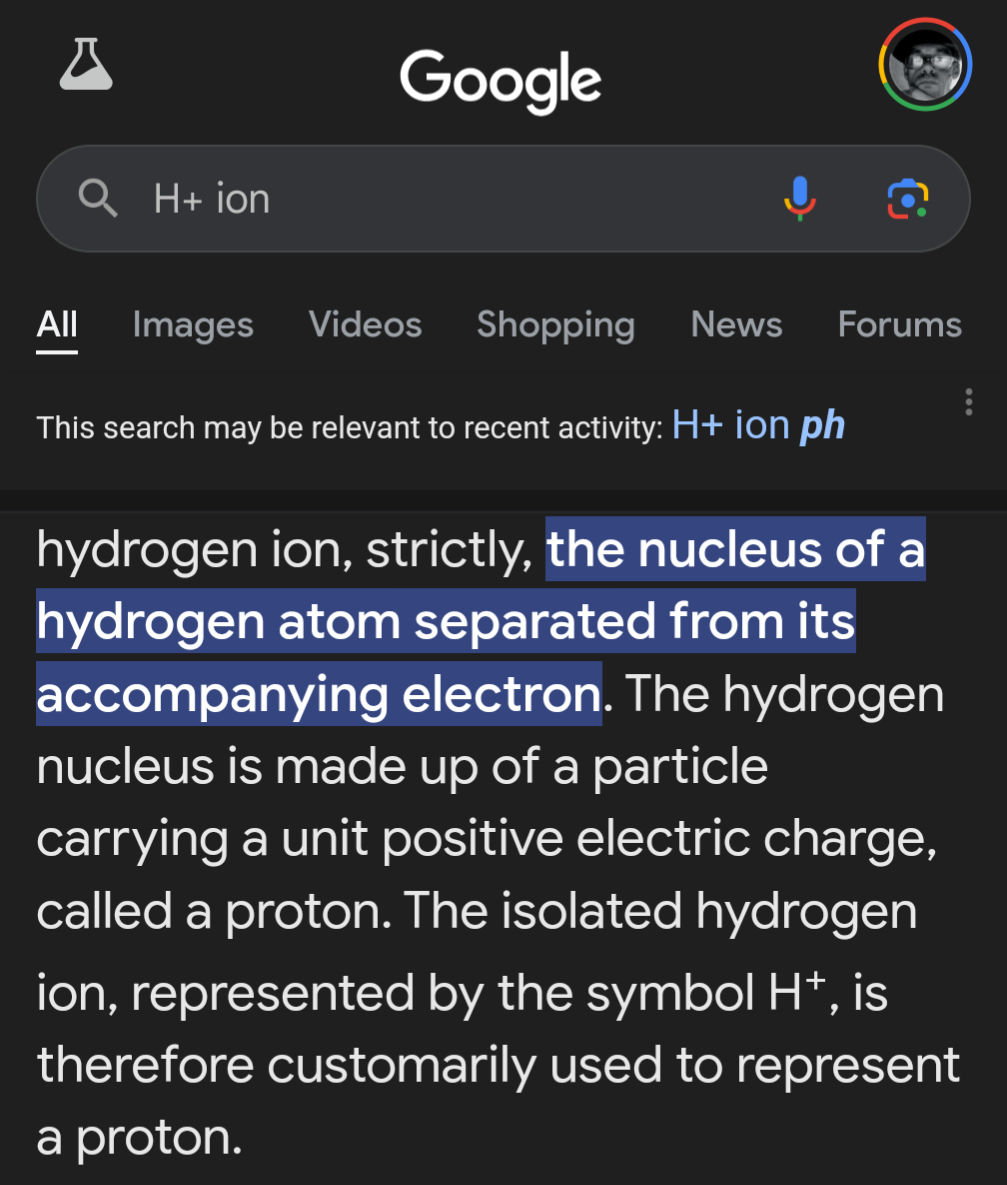Unbinilium
If A hemical element, one with
atomic number 120 (Ubn)
All the discovered alkaline earth metals occur in nature, although radium
occurs only through the decay chain
of uranium and thorium and
not as a primordial element.
There have been experiments, all unsuccessful, to try to synthesize element 120, the next potential member of the group.
Alkaline earth metal
Group of chemical elements
The alkaline earth metals are six chemical elements in group 2 of the periodic table.
They are
beryllium (Be),
magnesium (Mg),
calcium (Ca),
strontium (Sr),
barium (Ba), and
radium (Ra).
The elements have very similar properties:
they are all shiny,
silvery-white,
somewhat reactive metals
at standard temperature and pressure
To get her with Helium,
these elements have in common
an outer s orbital which is full—
that is, this
orbital contains its One full complement
of two electrons,
which the alkaline earth metals
readily lose to form
cations with charge +2,
and an oxidation state of +2.
Helium is grouped with the noble gases and not with the alkaline earth metals, but it is theorized to have some similarities to beryllium when forced into bonding and has sometimes been suggested to belong to group 2.
The pH scale is logarithmic and inversely indicates the activity of hydrogen ions in the solution
where [H+] is the equilibrium molar concentration of H+ (M = mol/L) in the solution. At 25 °C (77°F), solutions with a pH less than 7 are acidic, and solutions with a pH greater than 7 are basic. Solutions with a pH of 7 at 25 °C are neutral (i.e. have the same concentration of H+ ions as OH− ions, i.e. the same as pure water). The neutral value of the pH depends on the temperature and is lower than 7 if the temperature increases above 25 °C. The pH range is commonly given as zero to 14, but a pH value can be less than 0 for very concentrated strong acids or greater than 14 for very concentrated strong bases.


















Comments
Post a Comment
No Comment